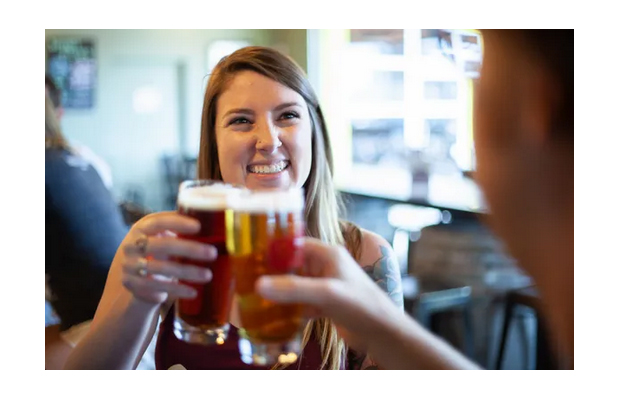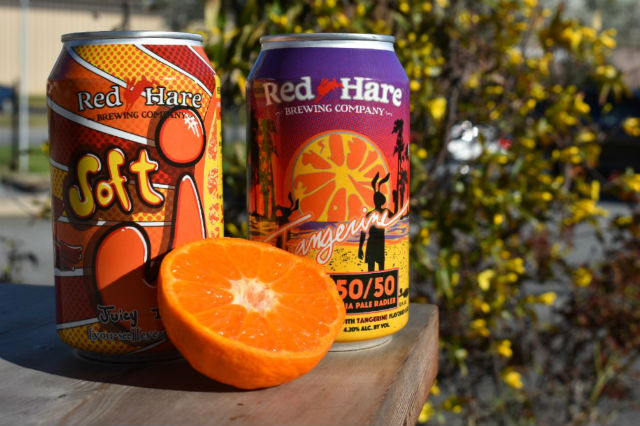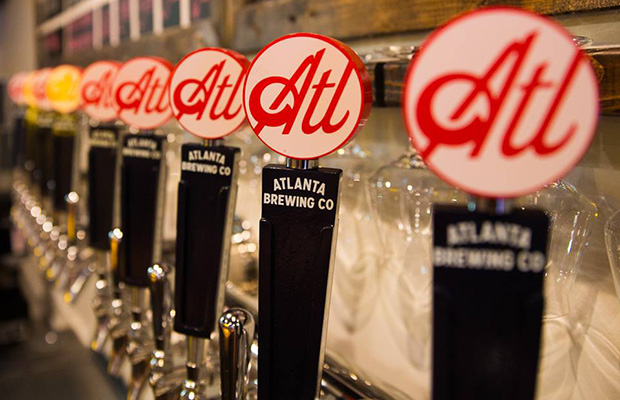
At Wheatland Spring in Virginia and Ruhstaller in California, the beer on tap doesn’t just showcase flavor. It showcases agriculture. Both breweries celebrate craft malt and in turn those local maltsters celebrate their clients. For a brewery looking to stand out in a crowd, maltsters say that kind of connection is becoming just as important as hops or yeast. And they argue that staff buy-in has to start on the farm.
Staff who see, touch, and taste malt at its source become better at telling the story behind every pint. That means stronger customer engagement in the taproom, more trust in your brand, and a deeper sense of pride among your team.
Ronald Silberstein of Admiral Maltings has watched the impact when brewers and staff visit harvest.
“We invite all our customers out to the fields,” he said. “They get to see it harvested, walk in the fields, and meet the farmer. Then we’ll take them to Ruhstaller to drink beers made with that same malt. They just met the farmer. It’s critical to connect people to the fact that beer is barley. Beer is agriculture.”
For a brewery, that kind of experience gives staff an authentic story to share across the bar or in a tasting room tour.
Engaging directly with the malting process can be another key touch point.
Joel Alex of Blue Ox Malthouse said brewery staff who spend even a few hours in the malt house walk away with a completely different perspective. Breweries that invest in staff education like this can pay off.
“Getting brewers into the malt house and experiencing malting is most impactful,” Alex said. “Some have said it’s the most meaningful moment, something they’ve never had before.
“But the quality has to back that up. If the beer doesn’t taste good with craft malt, consumers won’t come back. So the story and the quality have to go hand in hand.”
Finally, there’s taste. Brent Manning of Riverbend Malt House said hot steeping is a simple tool that can shift how staff and brewers approach recipe design and customer education.
“It’s nuance, but those nuances build beer styles,” Manning said. “We encourage people to start with what they taste in the malt, then build the recipe from the ground up.”
This can translate to staff who explain not just what’s in a beer but why it tastes the way it does. It can be an approach that can raise perceived value and customer loyalty.
Jeff Bloem of Murphy & Rude Malting has seen the payoff when breweries take this a step further. At Wheatland Spring’s Land Beer Fests each June, he set up side-by-side tastings of hot steeps and the beers brewed from them.
“Talk about light bulbs going off,” Bloem said. “People could see where the malt influence is and where the hops or yeast come in. People leave feeling like they finally understand this thing they’ve been consuming for a long time.”
This type of program can work as a taproom event for any brewery working with a local maltster, strengthening consumer education while positioning the brand as thoughtful and transparent.
For Matt Cunningham of Rustic Brew Farm, the farm itself remains the ultimate classroom.
“Everybody’s driven by a farm, but when they see, no, this is where the ingredients for your beer come from. It’s powerful,” Cunningham said. “You don’t need some giant company overseas to do it. We can do it right here.”






Be the first to comment